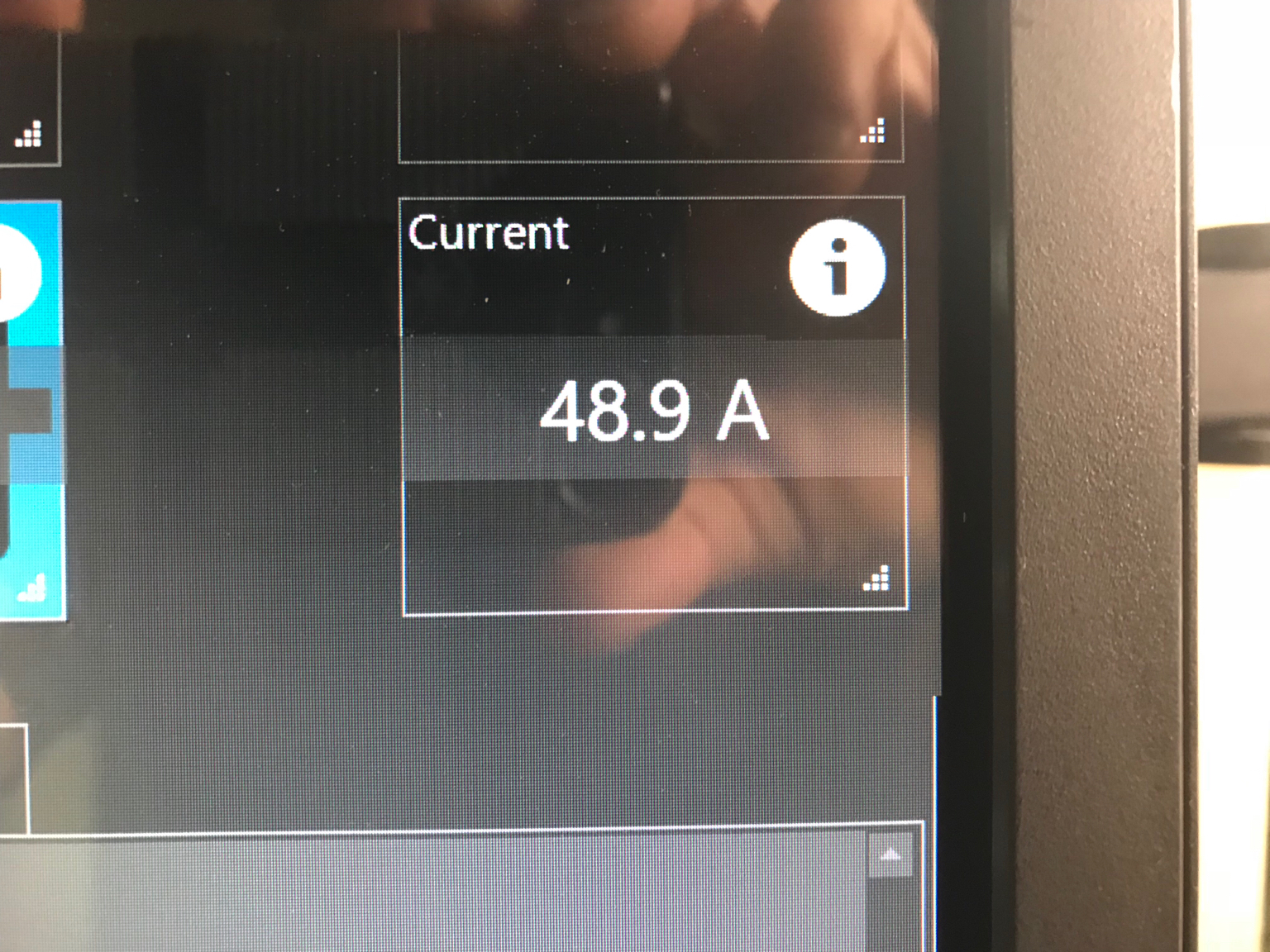Wizard_of_Frobozz
Well-Known Member
When I used to work in a dairy plant, we would "push" the milk out of the pipes & heat exchanger using water. There was an optical sensor which would see when the color of the milk was starting to fade, and would dump the stream at that point.
Seems like you could do something similar: run sparge water until the specific gravity hit a target, then stop sparging. You would have a lot of water still in the grains, but at that point, it should have rinsed most of the sugars out. All we would need to automate this process would be an inline specific gravity meter...hmm...seems like a good suggestion for your next experiment!
Seems like you could do something similar: run sparge water until the specific gravity hit a target, then stop sparging. You would have a lot of water still in the grains, but at that point, it should have rinsed most of the sugars out. All we would need to automate this process would be an inline specific gravity meter...hmm...seems like a good suggestion for your next experiment!


















































![Craft A Brew - Safale S-04 Dry Yeast - Fermentis - English Ale Dry Yeast - For English and American Ales and Hard Apple Ciders - Ingredients for Home Brewing - Beer Making Supplies - [1 Pack]](https://m.media-amazon.com/images/I/41fVGNh6JfL._SL500_.jpg)







